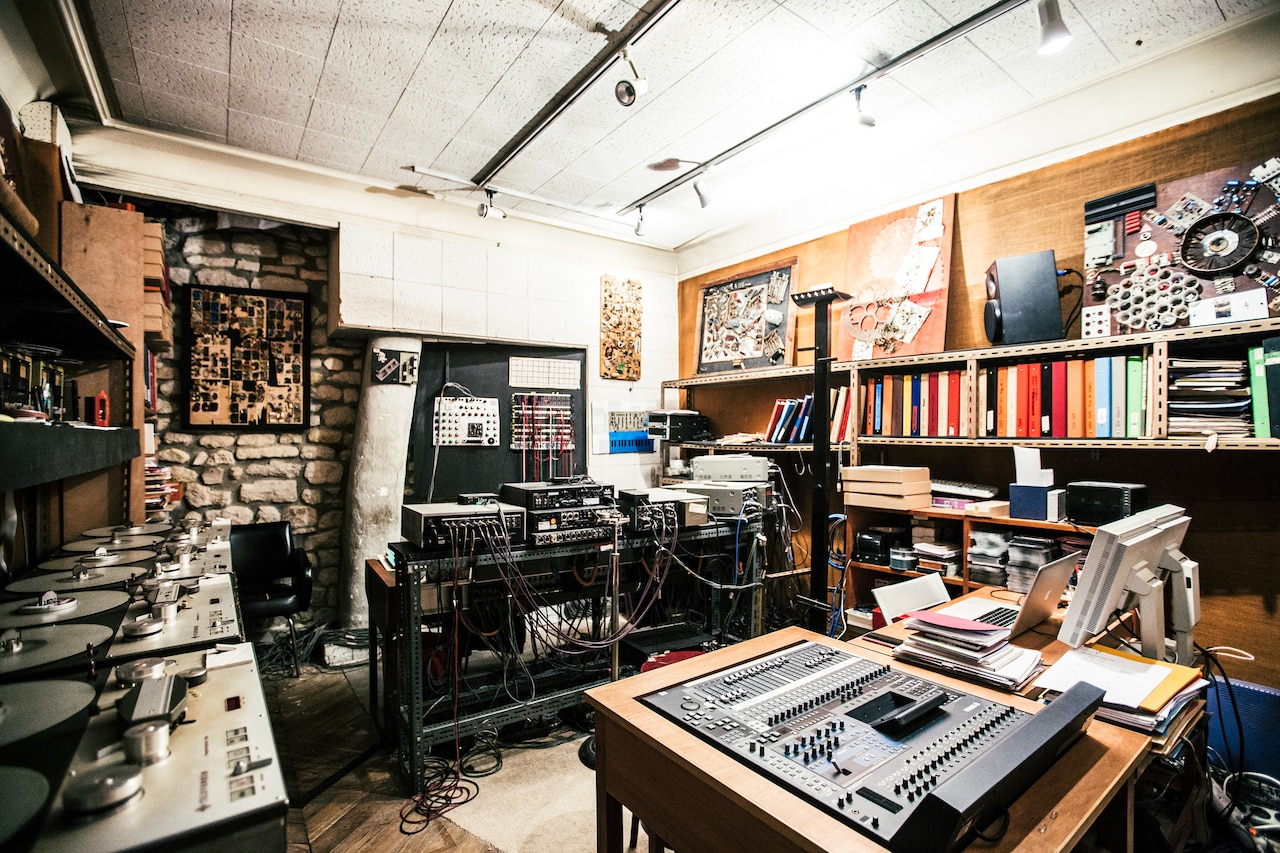
Inside the Home of Pierre Henry
We go inside the home of the pioneering composer, a residence currently under threat
In the middle of a quiet street in Paris’s 12th arrondissement, halfway between Daumesnil and the Michel Bizot metro station, the former home/workshop/studio of Pierre Henry lies tucked away, almost concealed from view, beneath a whirlwind of thick ivy. For 46 years, Pierre Henry did everything here – lived, composed, sculpted, copied, pasted, organized, disorganized and even gave concerts.
These studios were once the height of modernity, yet Pierre Henry never updated it after 1982. A row of Telefunken tape machines, a console, filters and effects modules were, along with his personal sound bank, the only weapons he used to sculpt sound and to compose and perform, right up until the end. A VCS3 synthesizer does majestically occupy part of a wall, yet we are assured that, really, it is just there for decoration. Throughout his career, from the ’60s onwards, Pierre Henry used techniques he had invented himself.
The house is still occupied, rustling gently with deceptively intense activity. Isabelle Warnier, his assistant and partner since 1967, is in the studio with Bernadette Mangin, his right hand and “living memory.” They are busying themselves, as best they can, preparing the next step, whatever that may be. This includes the Pierre Henry night at the Philharmonie de Paris and a weekend-long tribute at the Maison de la Radio, where the final works of the composer will be played – works composed with a sense of urgency, as he was already shrouded in the darkness of blindness. (The title of his final work: “Fondu au noir” – fade to black.)
But first and foremost, there is work to do to save the premises and to preserve the documents, something no institution has stepped up to do. The building is not owned by Pierre Henry and is in a fragile state. Renovating it and turning it into a museum would cost a fortune. The Ministry of Culture has been sending envoys for decades. The most interested by the subject was Frédéric Mitterrand, minister from 2009 to 2012, who had begun to trigger some form of action, ”and then left.”
There are resources and documents that are incredible and one-of-a-kind. The composer had kept a trace of everything over the course of his 70-year career, the music and its inspiration as well as as activities with movie directors and playwrights. Isabelle Warnier says, with a melancholic tone: “We think, reasonably, that in its current state, this house will not be preserved and we will need to find a solution for the materials to be properly stored, in an active manner, to help keep Pierre’s music alive. We met people from l’INA, l’IMEC and the National Library, huge structures which could be capable of this, but with the slowness typical of these mammoth institutions.”
To help with this endeavor, already crushed under the sheer weight of the task at hand and the race against the clock – the premises are to be emptied exactly a year after the death of the composer – admirers and musicians have created a petition, and keep their fingers crossed.
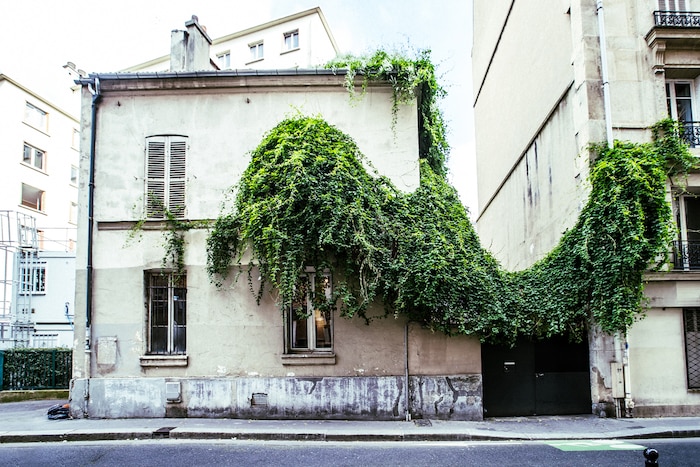
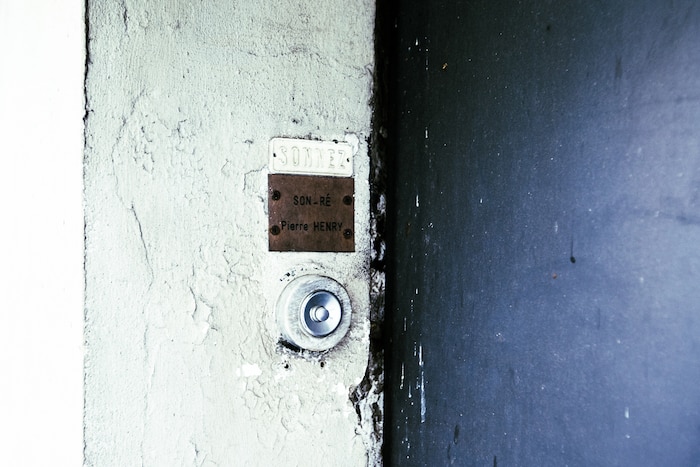
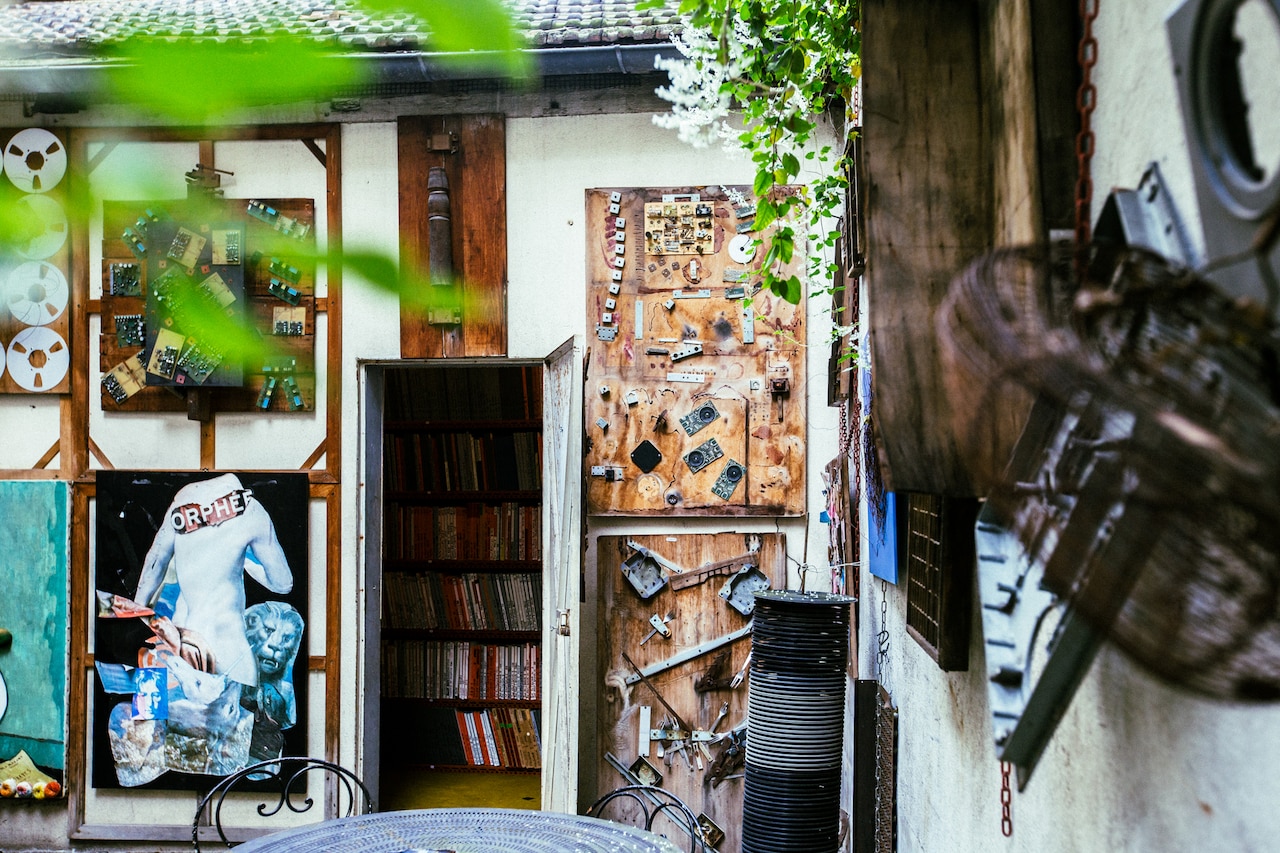
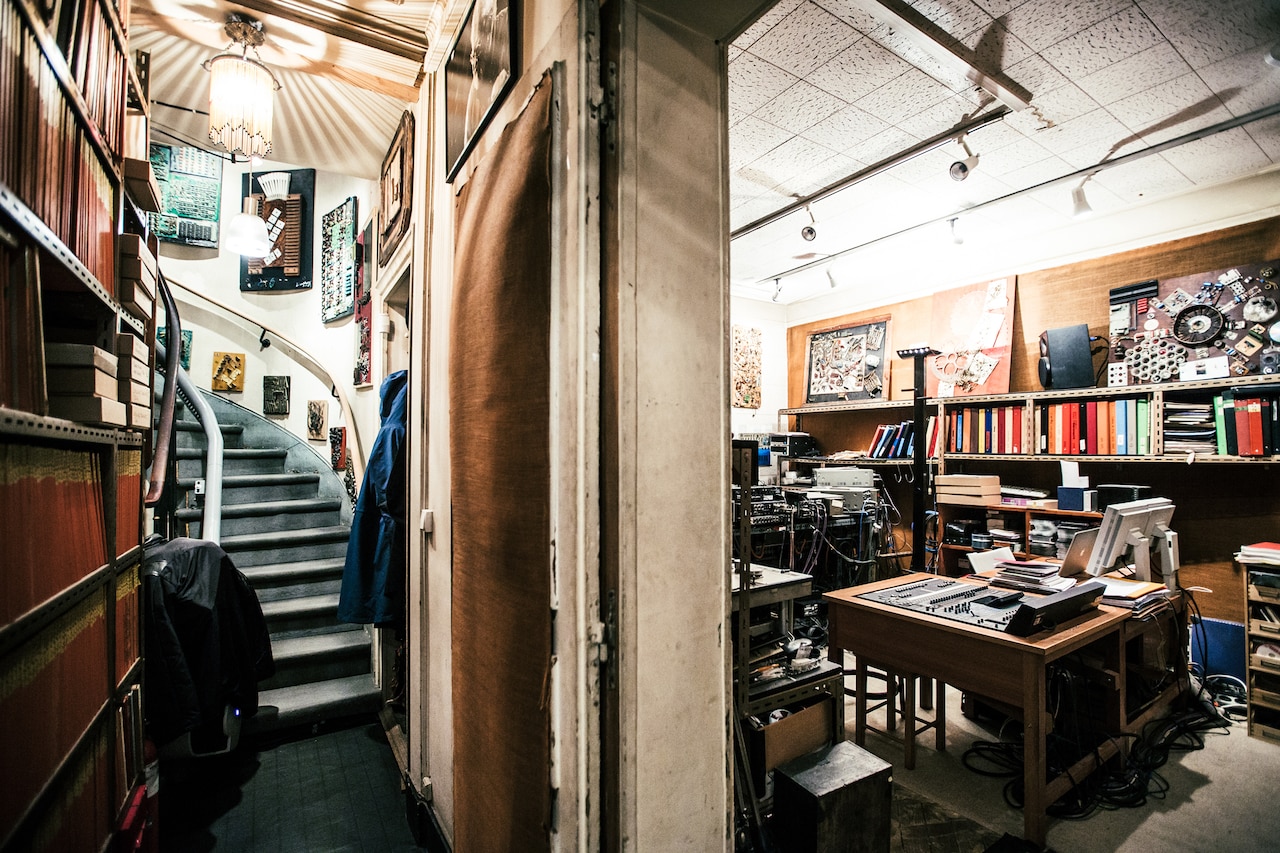


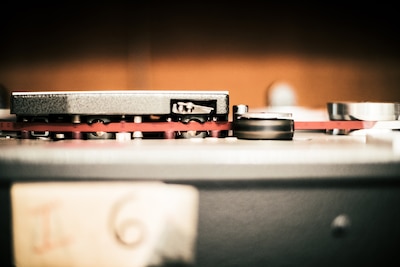
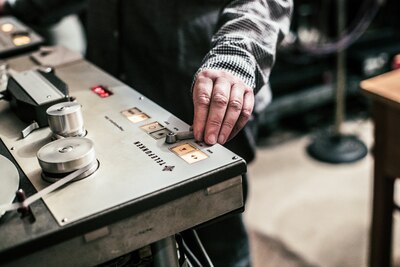
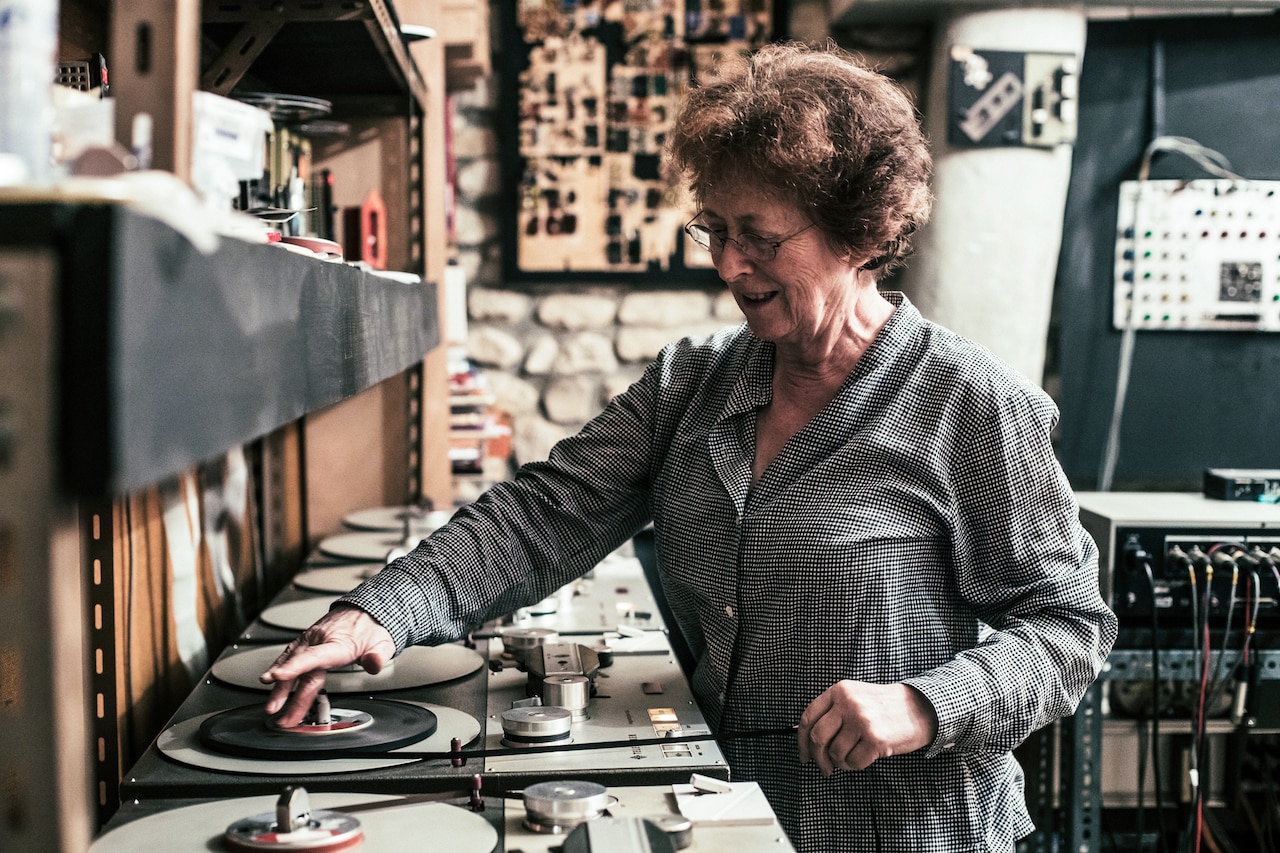
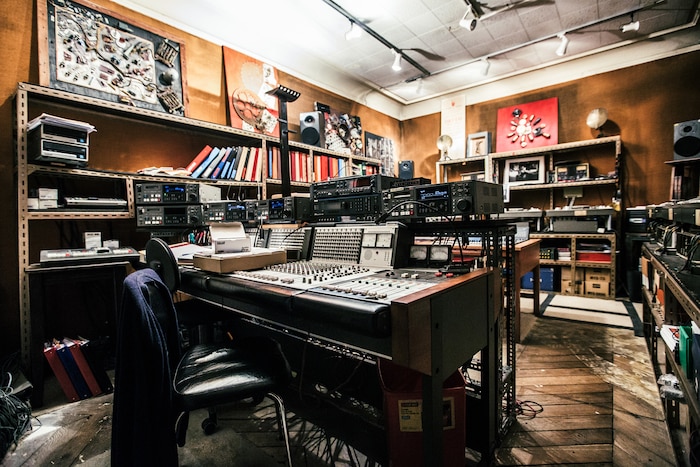
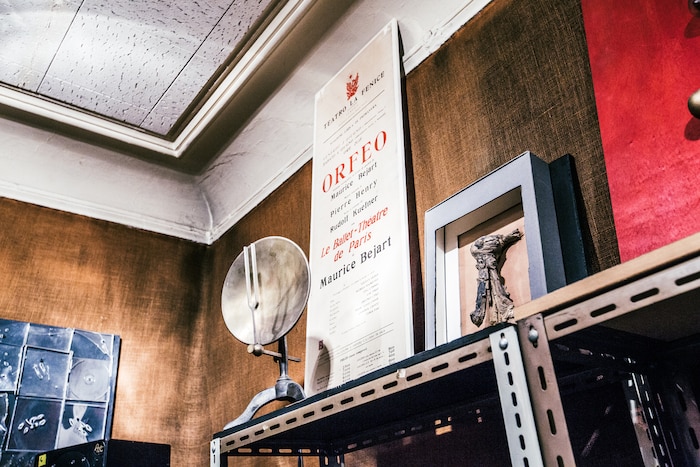
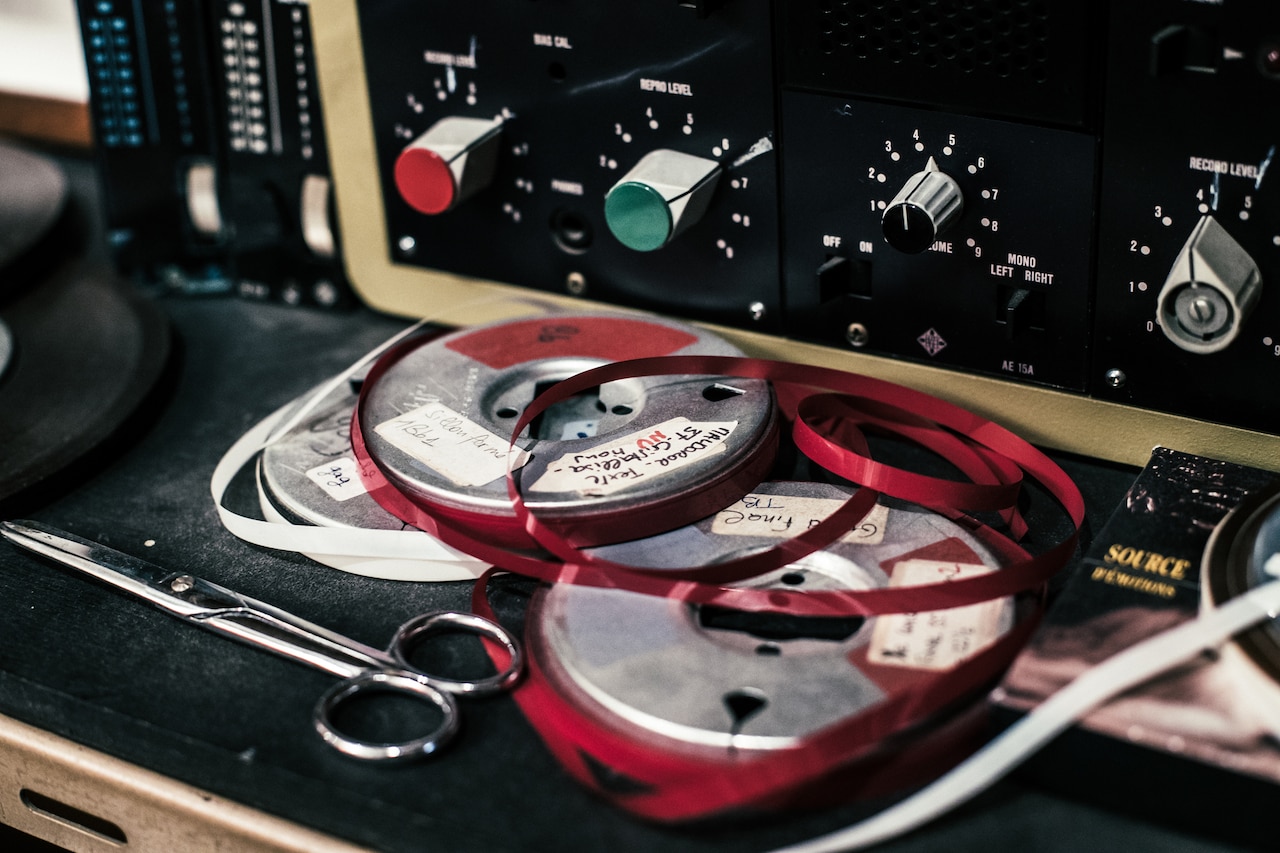

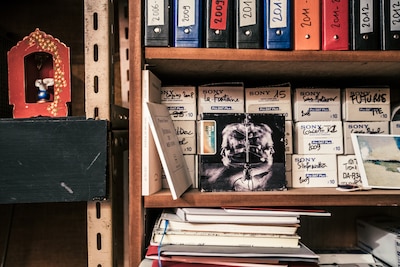
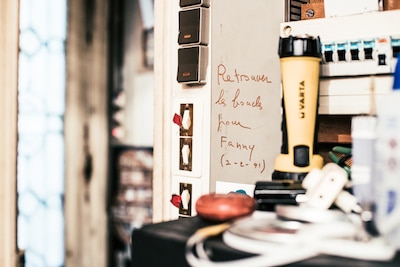
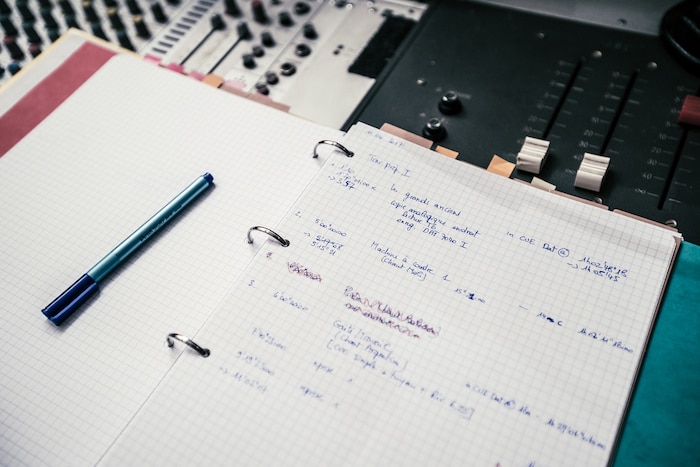
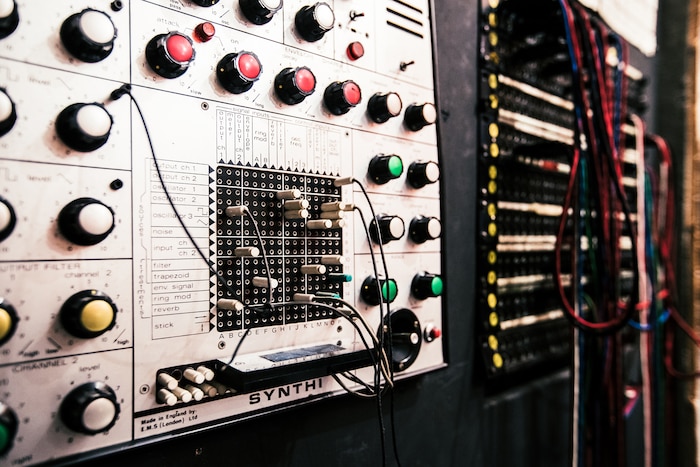
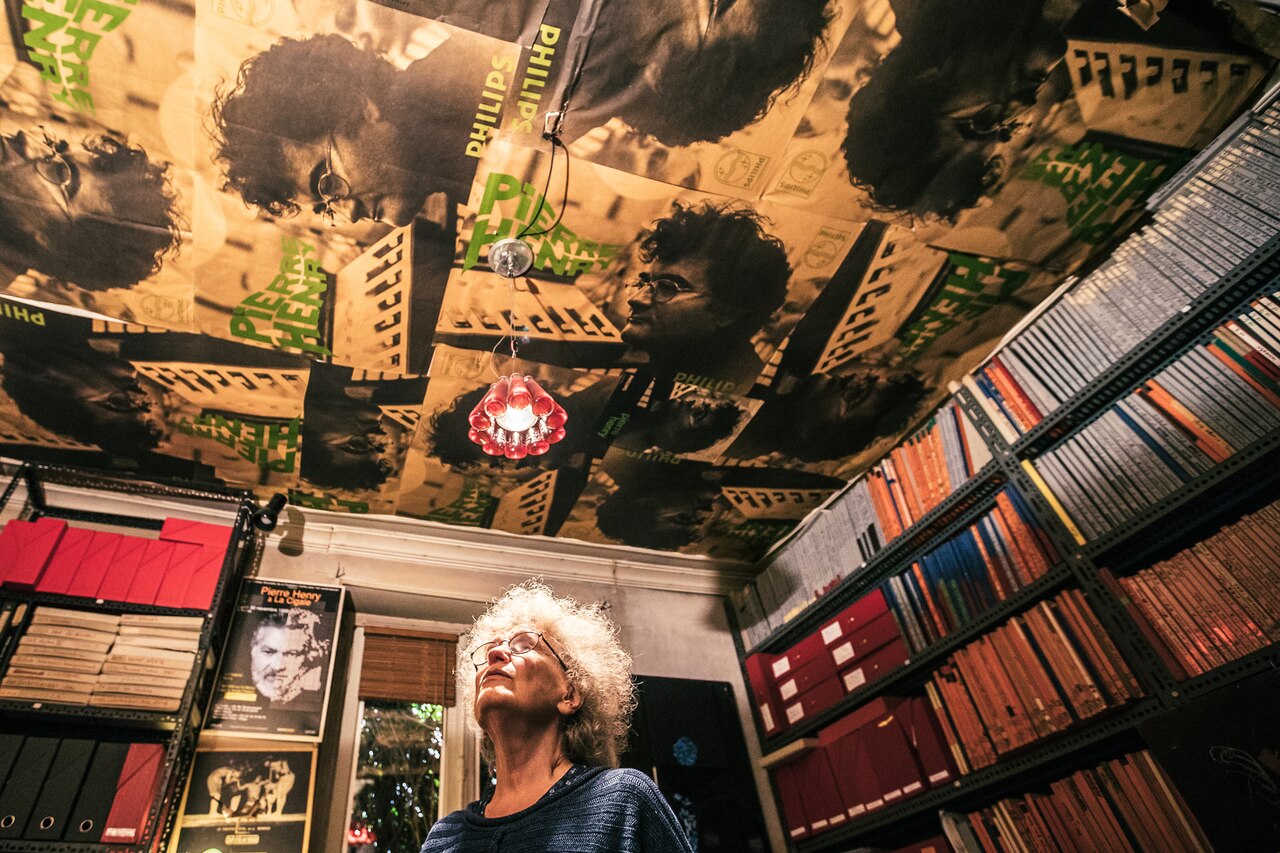
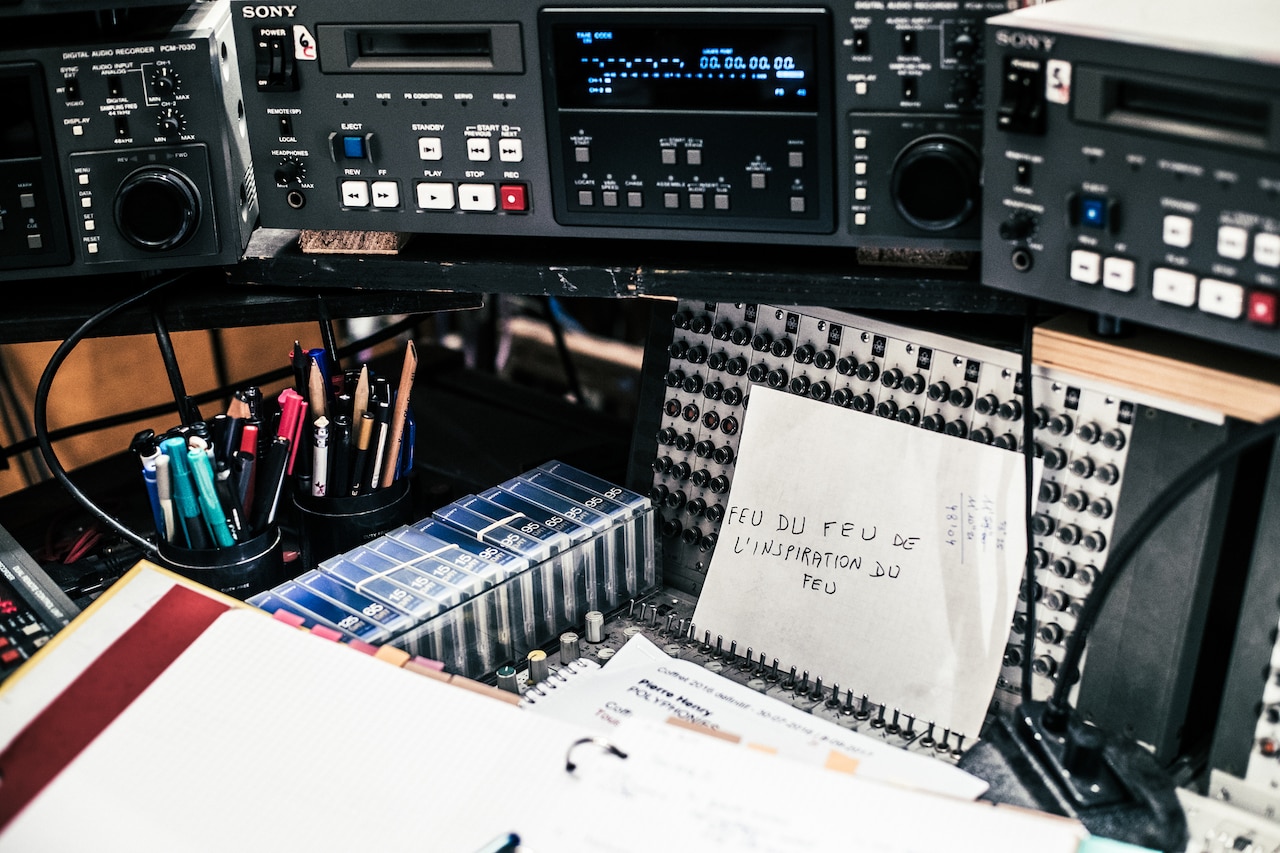

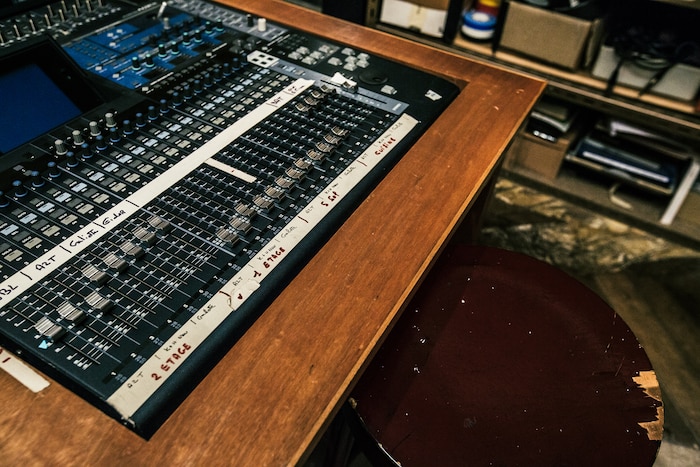
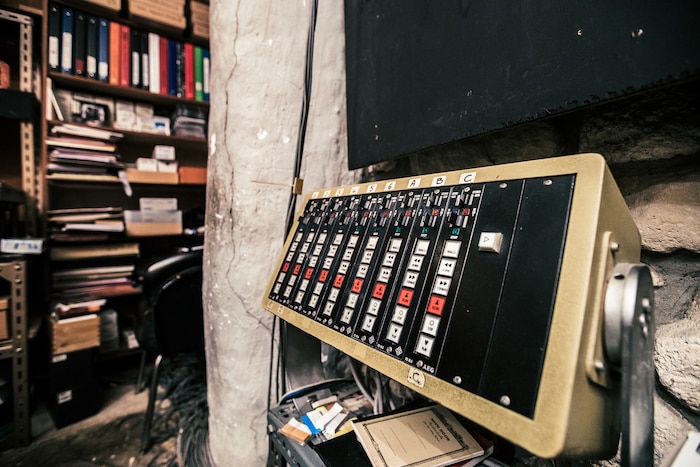
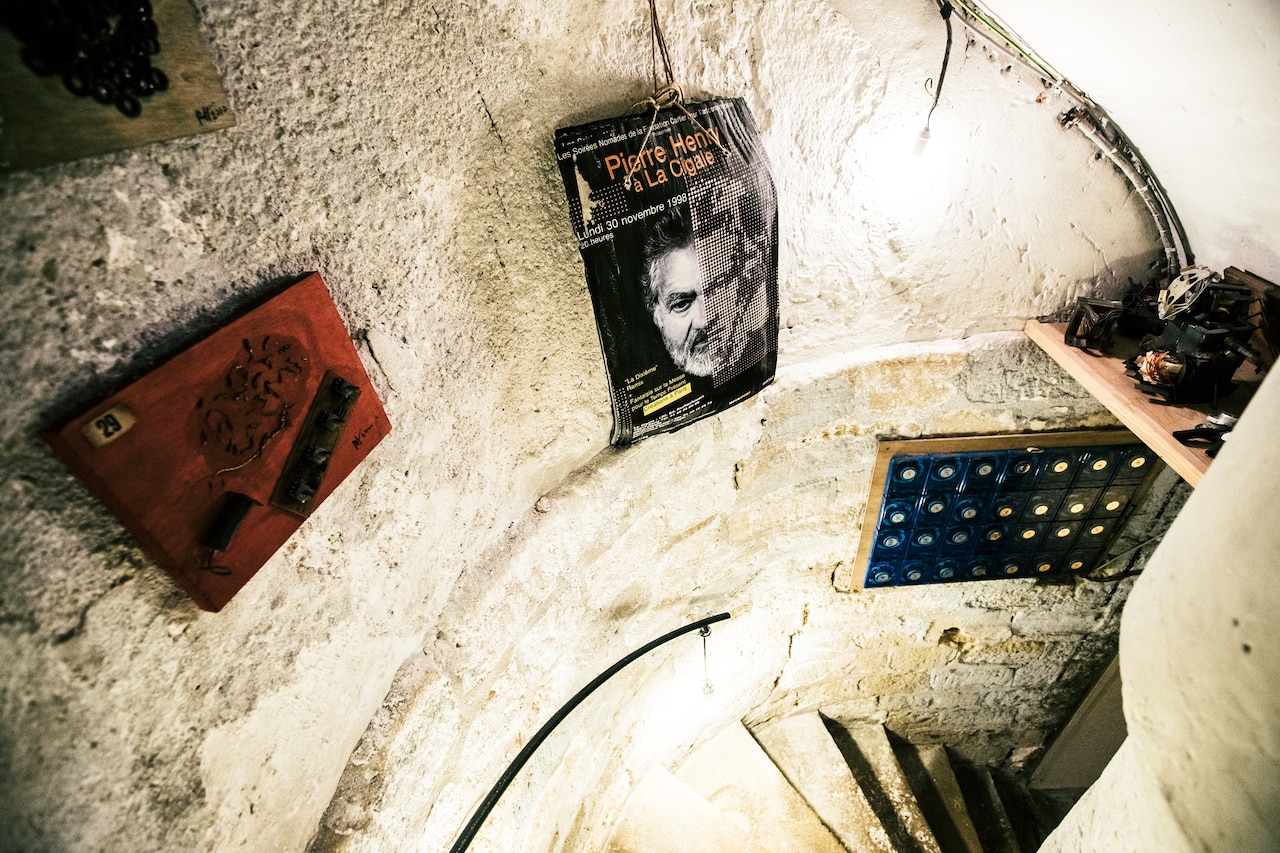
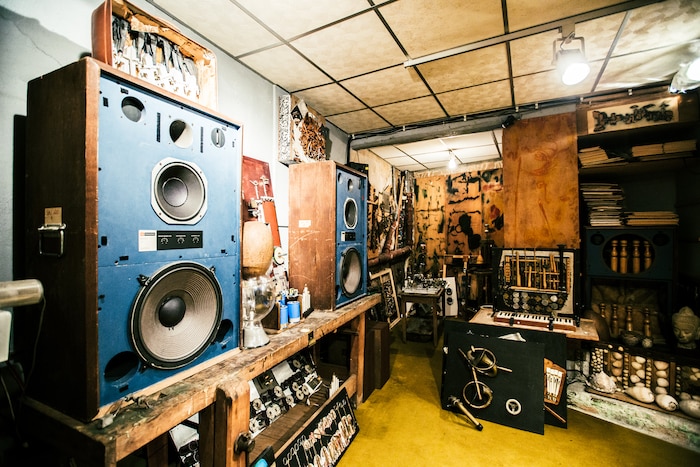
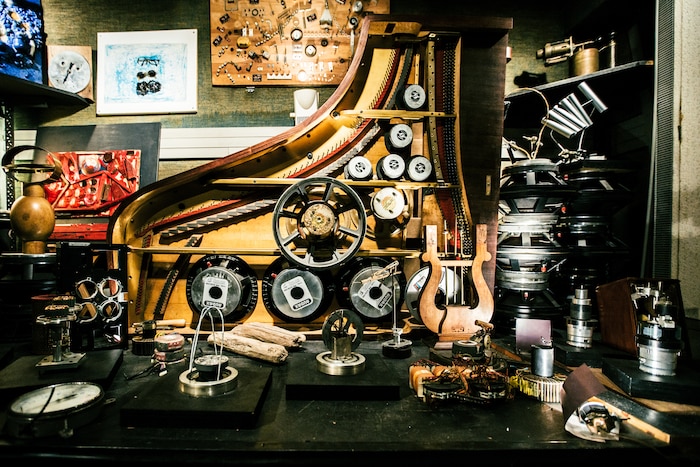

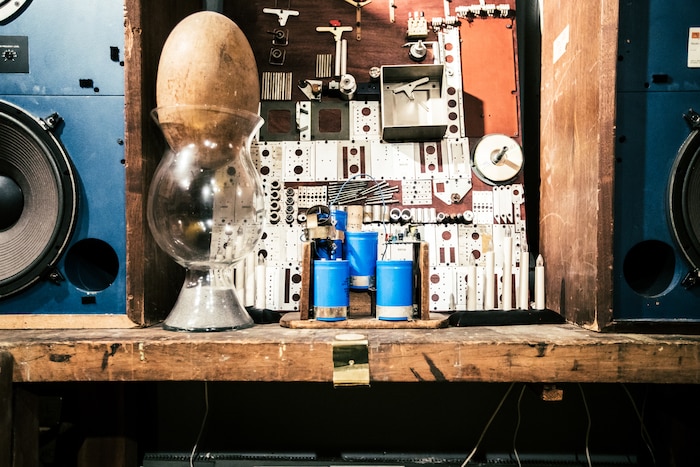
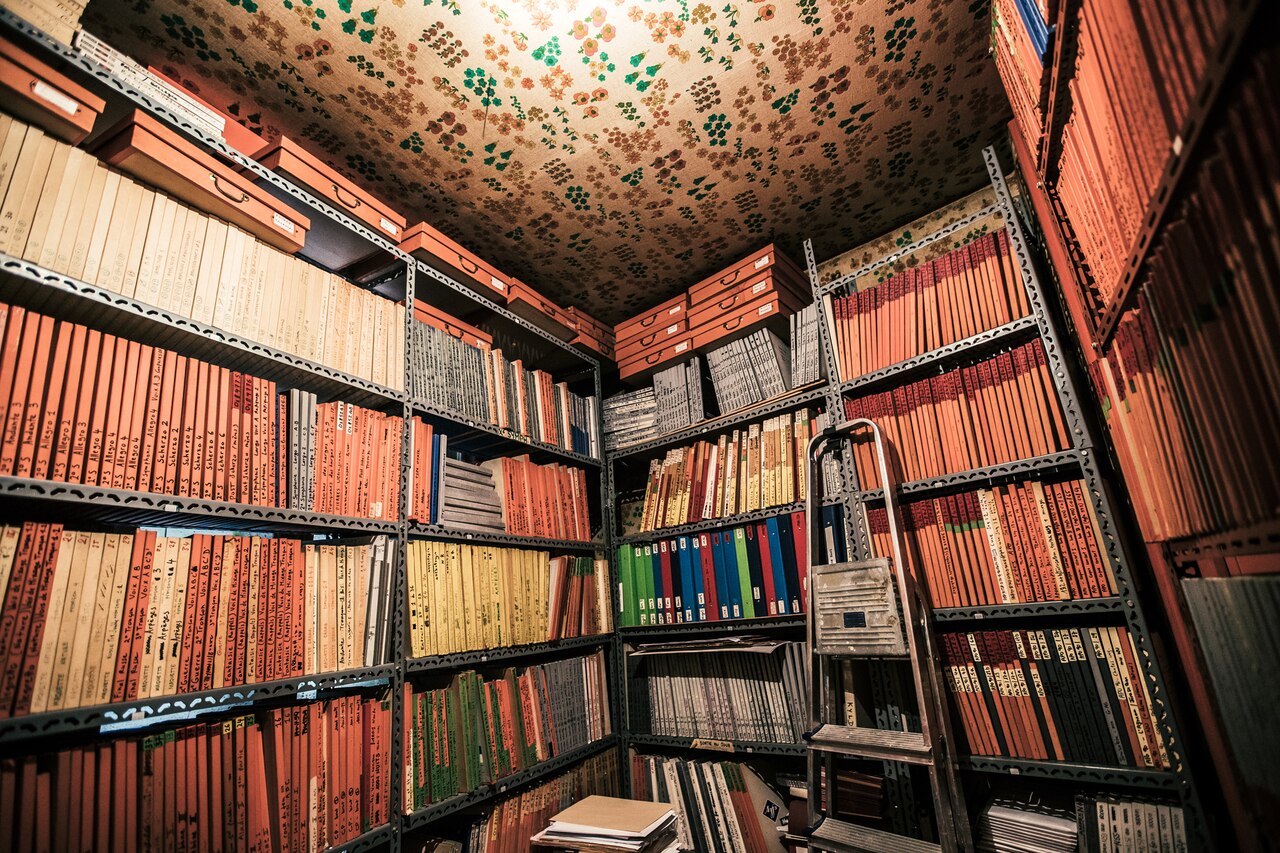
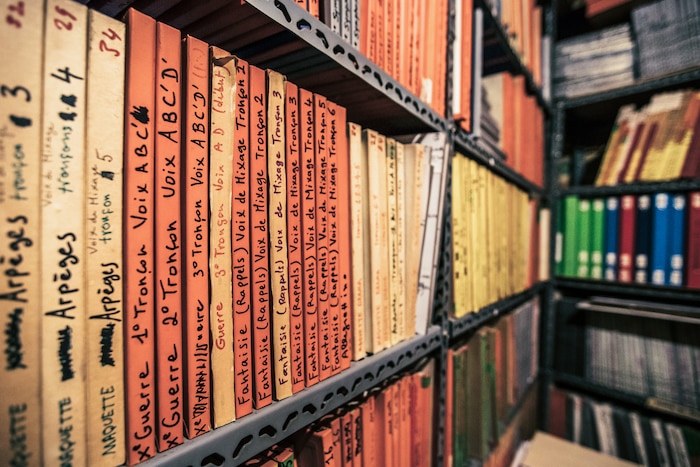

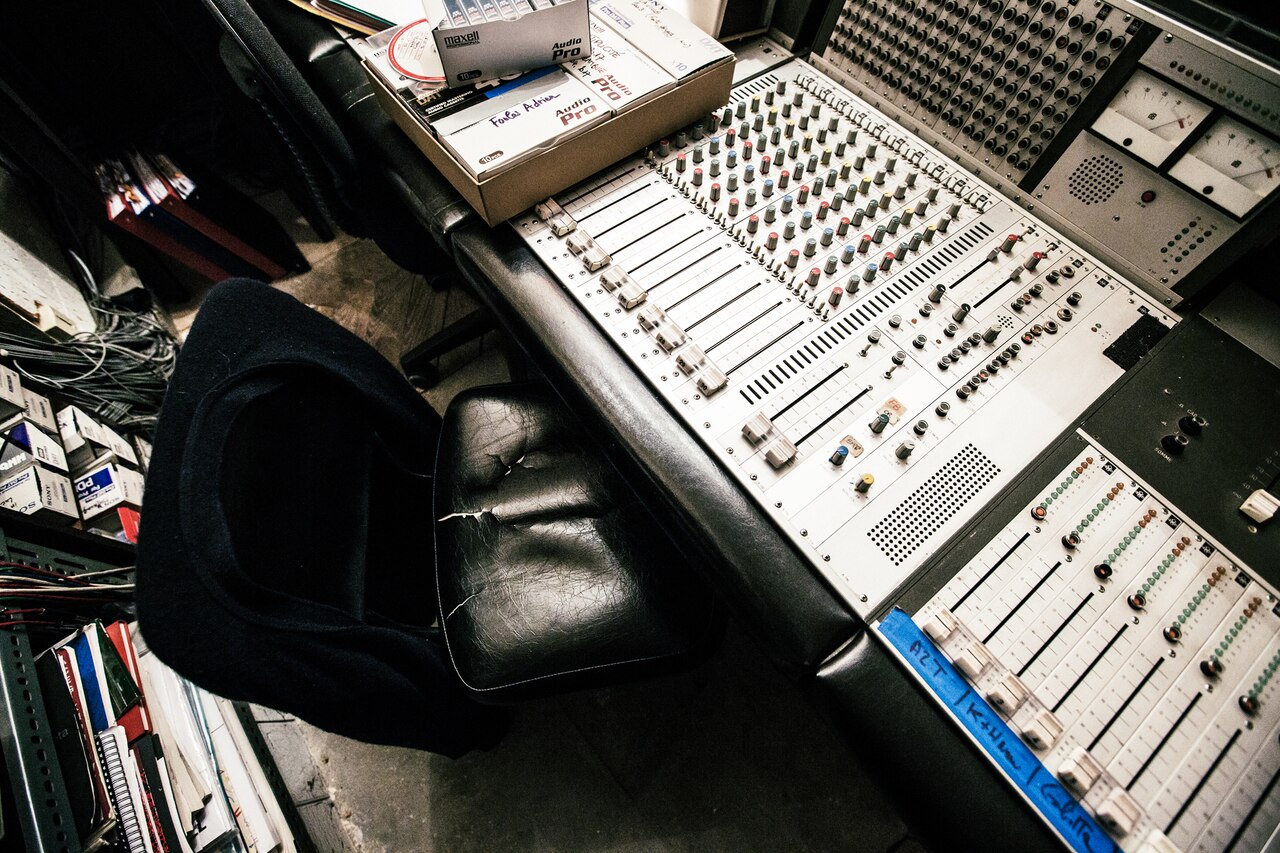
Header image © Sarah Bastin

